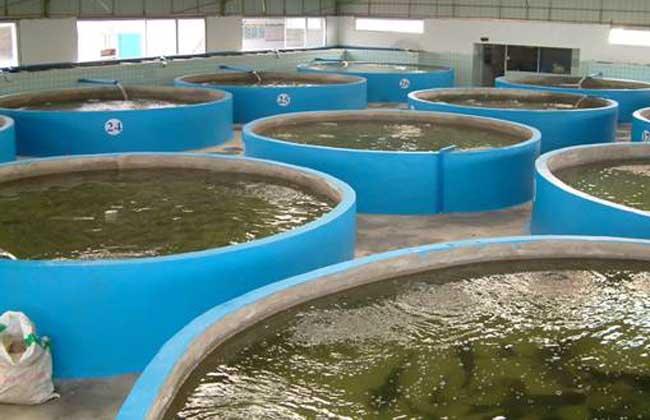Ozone can be used in aquaculture for the following purposes:

Removal of fine and colloidal solids
Conventional means of solid removal in aquaculture, such as sponge/ floss filters and sand filters address the removal of coarse settleable and filterable solids, but not the removal of fine colloidal solids which consist of particles 1-30 microns and 0.001-1 mm respectively. The accumulation of fine and colloidal solids cause a concern for RAS systems, especially when the fish density is high and the water exchange rate low.
Ozone removes fine and colloidal solids by causing clumping of the solids (microflocculation), which facilitates removal by foam-fractionation, filtration and sedimentation.
Removal of DOC (dissolved organic compounds)
Nitrifying bacteria in bio-filters remove dissolved ammonia and nitrite, but not all dissolved organic compounds. As an aquarium matures, the accumulation of dissolved organic compounds increases. High levels of DOC’s can stress fish and reduce nitrification efficiencies of the bio-filter.
Ozone removes dissolved organics by oxidation and including the precipitation, will enables removal of waste particles by conventional filtration or sedimentation
Removal of Nitrite
This organic accumulation decreases the performance of the nitrifying bacteria that convert nitrite to nitrate. And as production intensifies, harmful nitrite accumulation can become an issue.
Some date shows levels of nitrite as low as 2.8 parts per million (ppm) can reduce growth of fingerlings by 5%.
Ozone can oxidize nitrite to nitrate and reduce the organic loading which improves bio-filtration efficiency and nitrification
Disinfection
At RAS the organic load tend to be high and the homogeneous fish stock leads to a high risk of infections and problems with bacteria, fungi and viruses.
Ozone is the strongest disinfectant in commercial use which can effectively inactivate a range of bacterial, viral, fungal and protozoan fish pathogens, and leaves no residual, or by-products. The effectiveness of ozone treatment depends on ozone concentration, contact time, pathogen loads and levels of organic matter. If high levels of organic matter are present, the demand created by oxidizing the organic matter can make it difficult to maintain enough residual ozone for effective disinfection.
Previous: Bottled water
Next: Food processing
Becodrive Company Limited
Tel:4006-846-876
E-mail:ozone.qaos@hotmail.com
Web:www.becodrive.com
Add:1th Liulian Road, Jianggao, Baiyun, Guangzhou